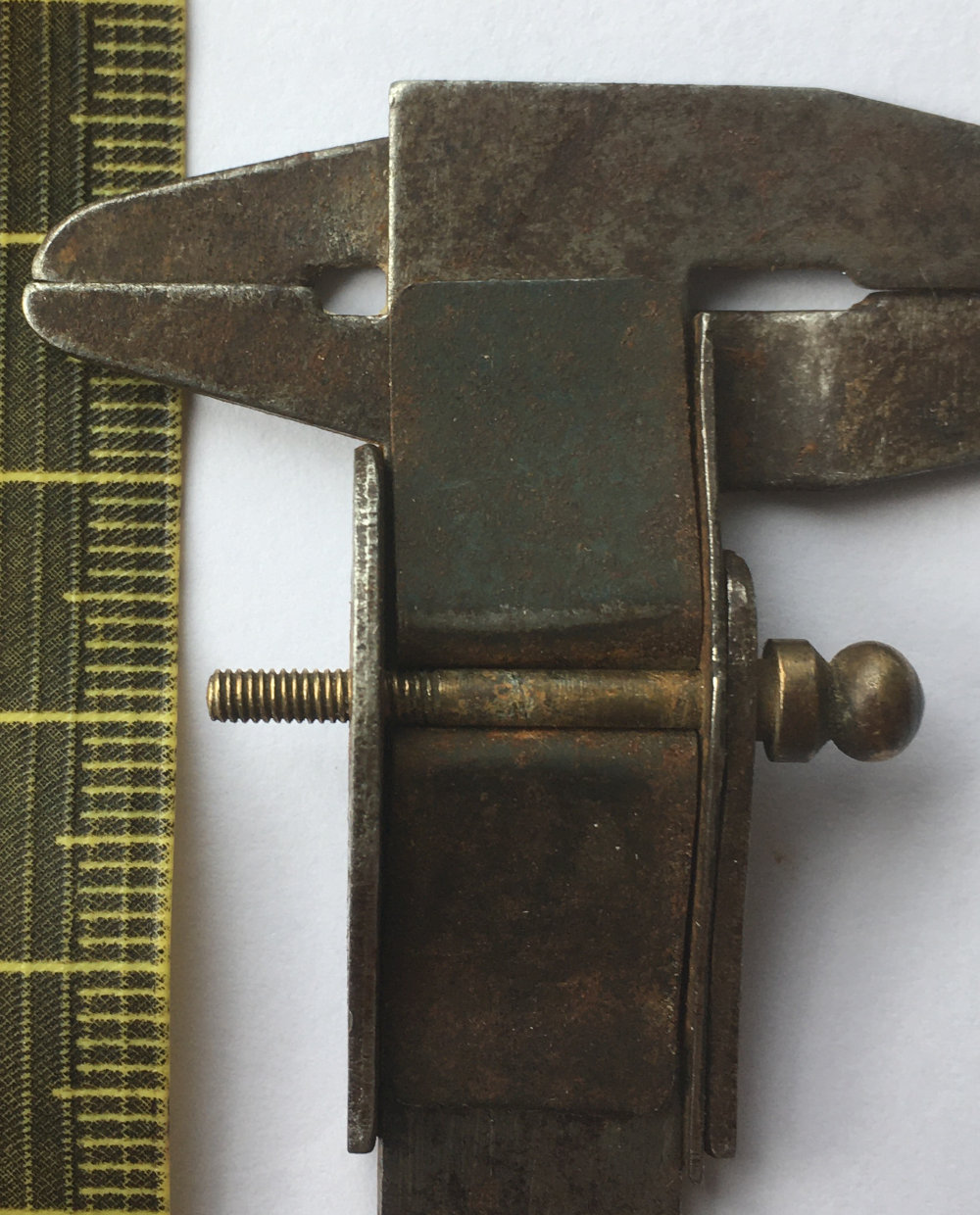DrPhill
Cyber Heretic
- Joined
- 15 Feb 2012
- Messages
- 1,154
- Reaction score
- 314
I had a use for one of my dad's old tools the other day and noticed that it was missing a nut. What are the chances of identifying and replacing it? Anyone know how I would go about this? Any good web sites?
Yes I know it is old, bent and not digital..... but it was handy when evening out my walking stick shaft. (And it doesn't need batteries)
Any help gratefully received.

Yes I know it is old, bent and not digital..... but it was handy when evening out my walking stick shaft. (And it doesn't need batteries)
Any help gratefully received.




































